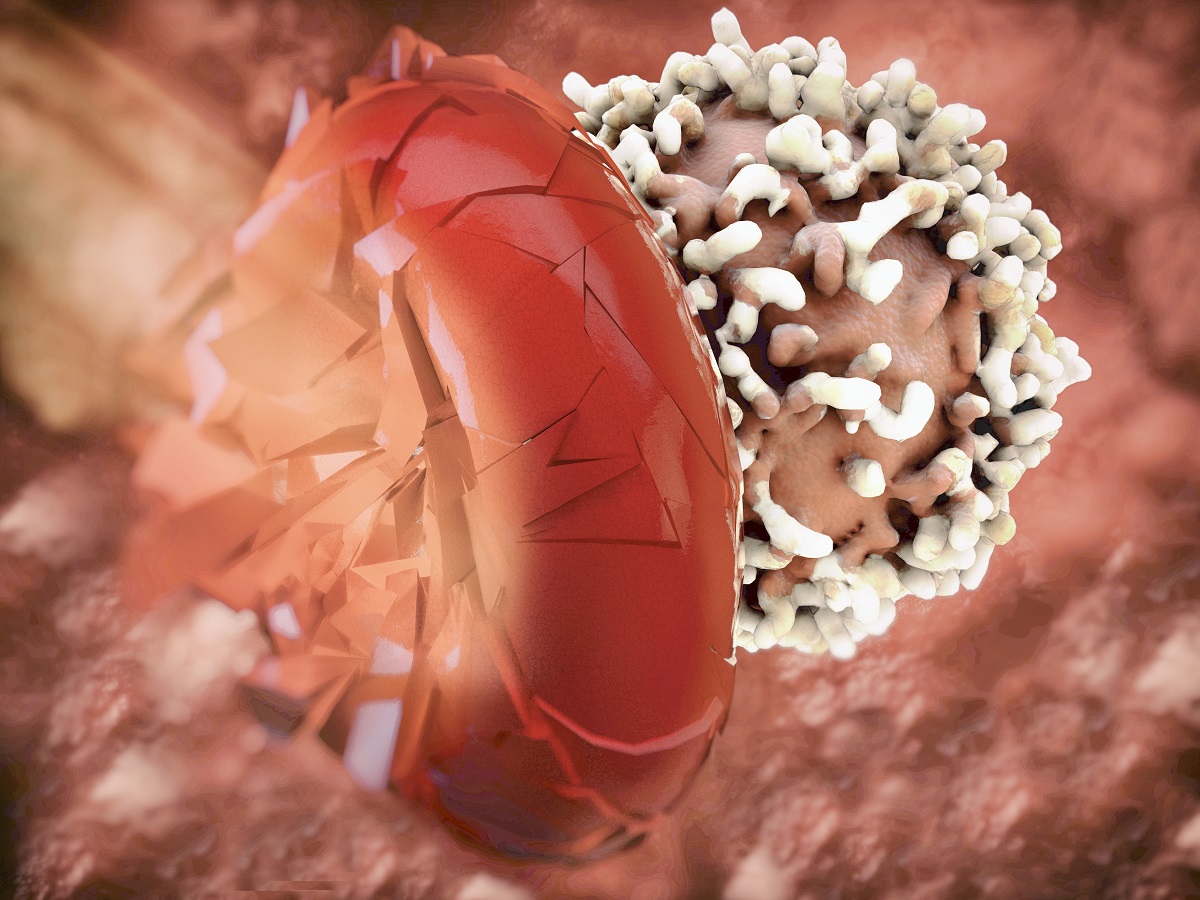KEY TAKEAWAYS
- The SERENA-2 and SERENA-3 phase II trials aimed to investigate the biological effects of three camizestrant dose levels in ER+ HER2- primary breast cancer post-menopausal women.
- The results demonstrated that camizestrant achieves optimal ER degradation and Ki67 suppression, establishing it as the preferred dose for primary ER+ HER2˗ breast cancer post-menopausal patients.
Camizestrant, an advanced oral selective estrogen receptor degrader (SERD) and pure ER antagonist, exhibits substantial and clinically significant progression-free survival (PFS) advantages over fulvestrant at both 75 and 150 mg once-daily doses in the Phase 2 SERENA-2 study for post-menopausal women with ER+ HER2- advanced breast cancer.
In SERENA-3, John Robertson and his team aimed to investigate the biological impacts of three different dose levels of camizestrant in post-menopausal women with primary ER+ HER2- breast cancer.
Patients scheduled for curative intent surgery were randomly assigned to pre-surgical camizestrant treatment (75, 150, or 300 mg once daily for 5 to 7 days in Stages 1 and 2; or 75 or 150 mg once daily for 12 to 15 days in sequential Stage 3). Image-guided pre-treatment biopsies and on-treatment ultrasound-guided tumor biopsies were collected.
The primary objective was to assess camizestrant’s effect on ER expression via immunohistochemistry (IHC) H-score, comparing pre-treatment and on-treatment biopsies. Secondary objectives included evaluating Ki67 and PgR expression, safety, and tolerability. Exploratory pharmacodynamic assessment employed various transcriptomic and proteomic technologies. Conducted across 17 centers in 3 countries (Georgia, Mexico, and the United Kingdom).
Of 135 randomized and treated patients, 76 received camizestrant for 5 to 7 days (75 mg, n=30; 150 mg, n=33; 300 mg, n=13), and 59 received it for 12 to 15 days (75 mg, n=30; 150 mg, n=29). Baseline characteristics and ER, Ki67, and PgR levels were well-balanced across arms and stages. Pharmacokinetic observations aligned with steady-state predictions.
The results demonstrated that camizestrant consistently reduced ER H-score by approximately 65%, regardless of dose or duration. While the 75 mg dose had a milder effect on Ki67 after 5–7 days, it showed a substantial 82% reduction similar to 150 mg after 12–15 days. Additional transcriptomics and proteomics assays corroborated the IHC analyses. Adverse events (AEs) were generally mild, with no serious events reported, except for one grade 2 visual impairment and one grade 3 diarrhea.
The study explored varied camizestrant dose levels and durations in post-menopausal women with primary ER+ HER2˗ breast cancer, established 75 mg as the optimal dose for maximal ER degradation and Ki67 suppression. Supported by SERENA-2, this robust evidence underscores the suitability of 75 mg, even in the early disease setting, emphasizing the value of a carefully crafted multi-dose pre-surgical pharmacodynamic study for optimal dose selection. Research is sponsored by AstraZeneca.
Source: https://atgproductions.net/atgclients/sabcs/2023_SABCS_Abstract_Report-12-1-23_Compressed.pdf
Clinical Trials: https://clinicaltrials.gov/study/NCT04588298
https://clinicaltrials.gov/study/NCT04214288
Robertson J, Gogitidze T, Katashvili Z, et al. (2023) ’’SERENA-3: A randomized pre-surgical window of opportunity study assessing dose and duration of camizestrant treatment in post-menopausal women with ER-positive, HER2- negative primary breast cancer.’’ Presented at SABCS 2023 (RF01-01).



